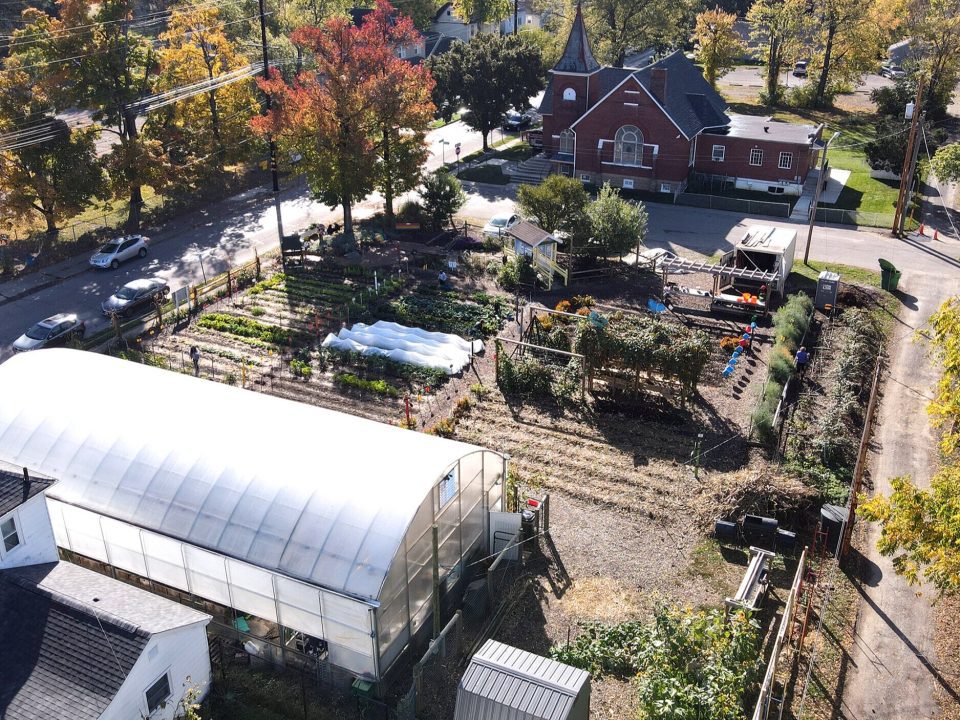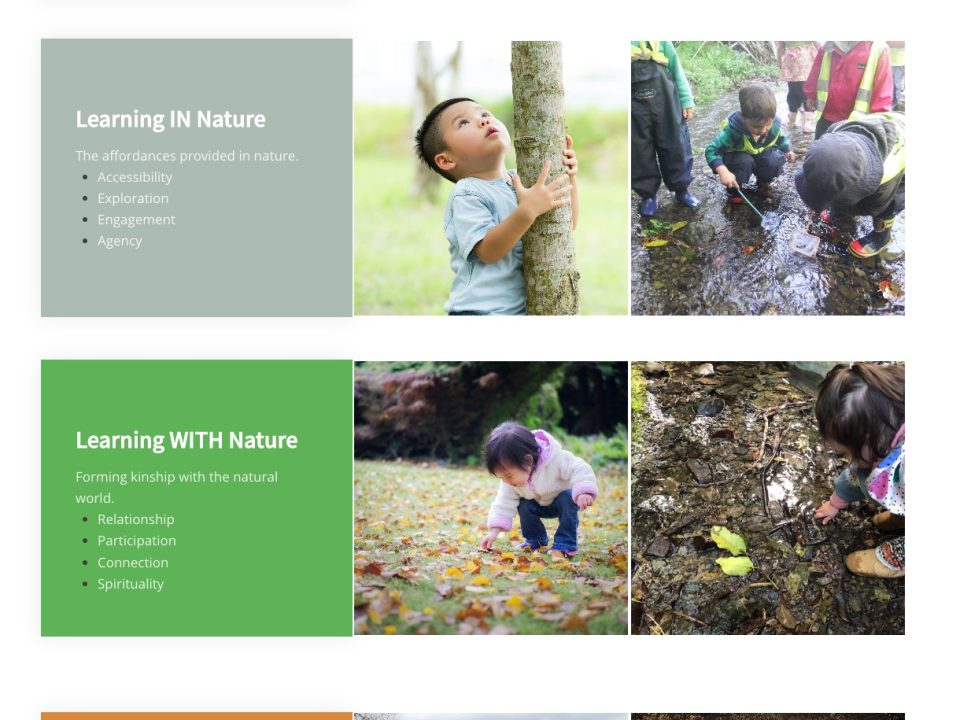To: The Leave No Child Inside Central Ohio Collaborative
From: Michael Jones at Local Matters
I would like to invite members of your group to get together with Local Matters at some point in the near future as I think our organization is working on a project with our local schools and after school programs that you would find of interest and may want to get behind…
Our Outdoor Learning Centers (OLE) are currently being adopted at local elementary schools and MRDD facilities. They are connected to our ‘˜3 Sisters Project’…Here’s a description of the project:
LM’s Outdoor Learning Environments (OLE)„¢ represent an opportunity for a school to expand the outdoor garden space beyond the original context of the ‘˜3 Sisters Project’ and presents a path to allow children to be physically active in a more natural, outdoor space. The OLE offers the possibility of building on the principal of the outdoor garden space and potentially creating larger, more elaborate food production site that can, in some cases, be used to supply food for the surrounding community.
Outdoor Learning Environments differ dramatically from traditional playgrounds. While many traditional playgrounds feature metal climbing structures and swings surrounded by large areas of woodchips or gravel, OLEs make creative use of the entire outdoor space by filling it with hills, pathways, edible plants, native plants, water, music, sand, art and more. By incorporating these elements into the outdoor space at a school, children are engaged in the use of large and small motor skills while finding places to run, climb, dig, pretend, explore, taste, splash, smell, hide, yell, and whisper.
Each design and project is extremely unique. Certain archetypical features do appear in most OLEs, including child-safe water features, boulders, stones, or pebbles, logs and stumps, lush plantings of native plants, edible food-production gardens, interactive murals or sculpture, a shelter or outdoor classroom structure, pathways, and mounds or hills. All features will be incorporated into a site design that is aesthetically pleasing, follows environmentally-responsible landscaping and will accommodate local building regulations and code requirements.
The first step of the getting started with an Outdoor Learning Environment directly involve school teachers, students, families, staff and surrounding community members by engaging them in a guided, visioning process called Dreamstorming „¢. This creative process engages participants in visioning their outdoor learning environments, sustainably grown food production garden or gardens and associated natural habitat areas, and additional custom features such as interactive outdoor art projects and ‘green architecture’ structures.
Information from this session will be compiled into a set of criteria for utilization by the Local Matters design team. A preliminary site design will be prepared and presented to the group, along with project budgets and timelines for consideration by the school administrators and the community as to how to move forward to obtain funding for the project.
Children, Parents and Community Members participating will:
Be involved in visioning their outdoor space at the school through a process known as Dreamstorming
Have the opportunity to potentially create a larger, more community oriented food production site
Be provided with long-term involvement and access to a natural area at their school.
Be empowered and involved in transforming and beautifying their schoolyard.
Have opportunities for increased physical & mental health and wellbeing through outdoor physical activities and by access to a peaceful outdoor area
Be exposed to basic environmentally-responsible landscaping best practices.
—I’d love to speak to your group. Be well.


